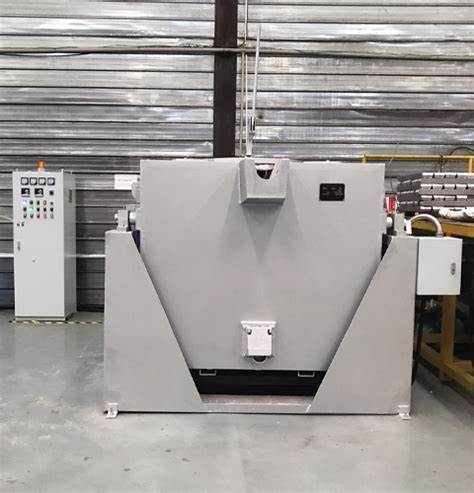Gold, silver, platinum, are all called "precious metals". Gold and silver are high-density, while gold has high density, high hardness, high melting point, high strength at high temperature, and small thermal expansion coefficient. Therefore, it can be put into a crucible furnace for melting to remove impurities.
Gold-containing waste mainly comes from departments that produce, manufacture and use gold and gold products. They have many forms and types. Throwing them away is not only a waste of precious resources, but also a pollution to the environment. Therefore, in order to recycle valuable resources and reduce the pollution of heavy metal elements to the environment, the following is a brief introduction to the smelting process:

Acid dissolution: zinc and other soluble materials are dissolved in 10-15% sulfuric acid solution, and then washed with hot water to obtain a gold-containing precipitate containing gold (about 50%). After pressure filtration and drying, the resulting solution is recycled; roasting: carbonates, sulfates, cyanides, etc. are decomposed at 600°C; smelting: after roasting, flux such as sodium carbonate, silicon dioxide, boric acid, etc. are added, and smelting is carried out in a crucible furnace, a small reverberatory furnace or a small converter. Impurities in the gold mud form slag together with the flux, while gold and silver form alloys. Under the protection of borax, it is re-smelted and then sent to the refining process.
The main gold mines are natural gold and silver-gold mines, and copper-nickel-lead-zinc mines often contain gold; the main silver mines are sulfide mines, most of which are associated with sulfide minerals such as lead, zinc, copper and antimony. Gold and silver have excellent electrical and thermal conductivity, thermoelectric stability, and excellent mechanical processing properties: good ductility and easy processing (1g of gold can be drawn into a 3km long thin wire and forged into an extremely thin gold foil). Therefore, the production of gold and silver has a wide range of uses and great room for appreciation. The crucible furnace used plays a huge role. The main gold mines are natural gold and silver-gold mines, and copper-nickel-lead-zinc mines usually contain gold; the main silver mines are sulfide mines, and coexist with sulfides such as lead, zinc, copper, and antimony. Gold has excellent electrical and thermal conductivity, and has good thermal stability and good mechanical processing properties: good toughness and easy processing (1g of gold can be drawn into a 3km thin wire and then forged into ultra-thin gold leaf at high temperature).
Therefore, the production of gold has a wide range of applications and great room for appreciation. It uses a very useful crucible furnace.